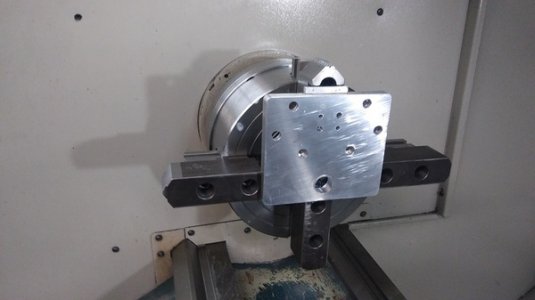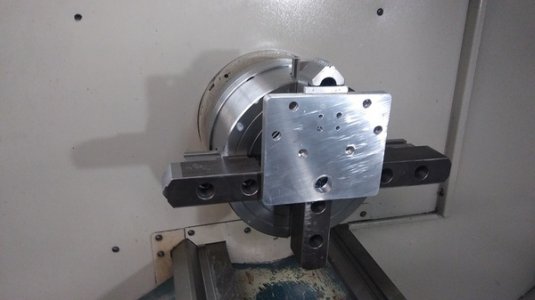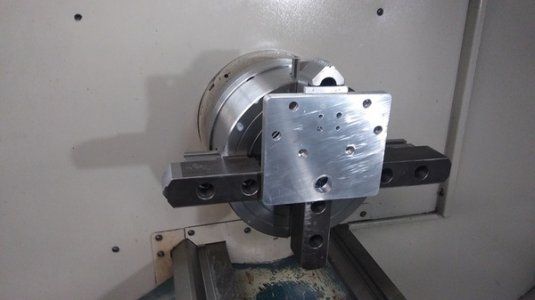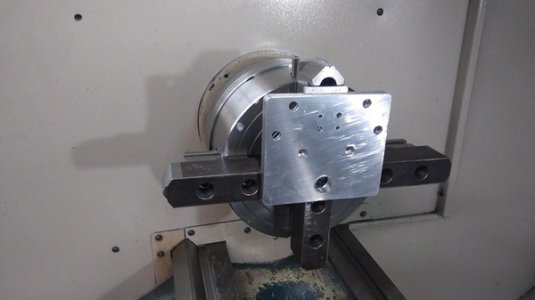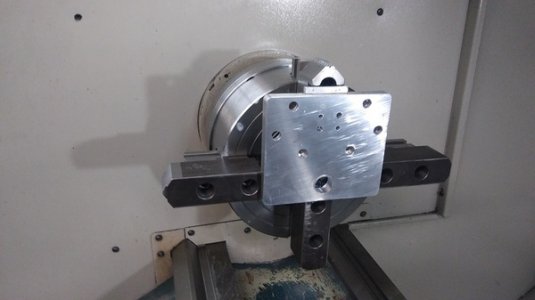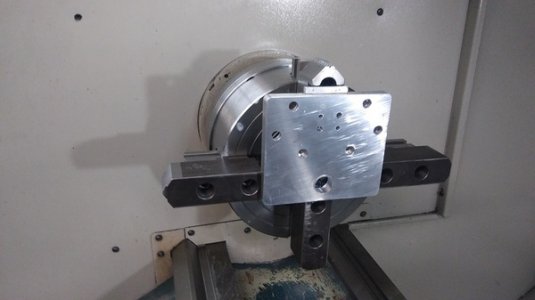Greetings Machinists,
I am trying to get a circular groove cut for a small mold I'm making (like for a lego brick). I use circular interpolation, but it comes out as an oval (out about .005”).
How would I achieve an accurate circular groove?
Here is a picture of the CAD model:
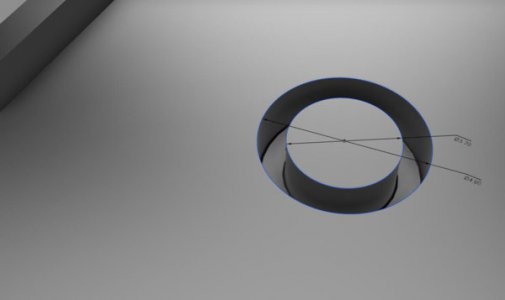
Details:
Tools:
- Mike
I am trying to get a circular groove cut for a small mold I'm making (like for a lego brick). I use circular interpolation, but it comes out as an oval (out about .005”).
How would I achieve an accurate circular groove?
Here is a picture of the CAD model:

Details:
- .8 mm wide groove
- 1.6 mm deep
- OD: 4.8 mm
- ID: 3.2 mm
- .0315” wide groove
- .063” deep
- OD: .189”
- ID: .126”
Tools:
- Aluminum 6061
- Taig CNC Mill with Ballscrews
- Mike
Last edited:


